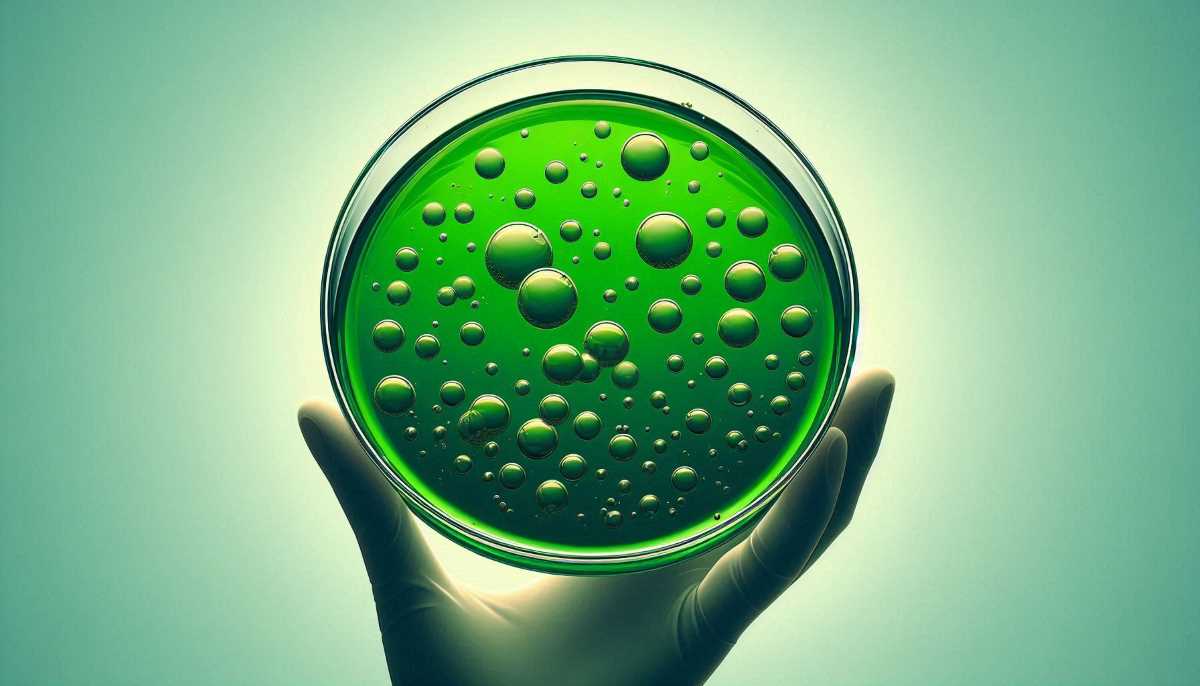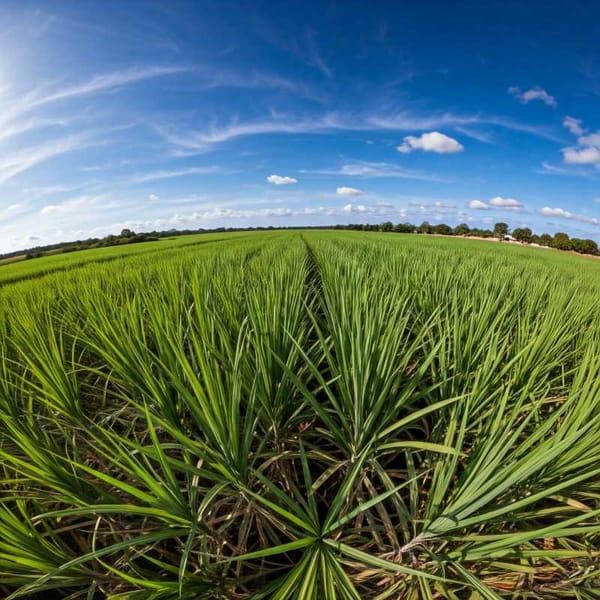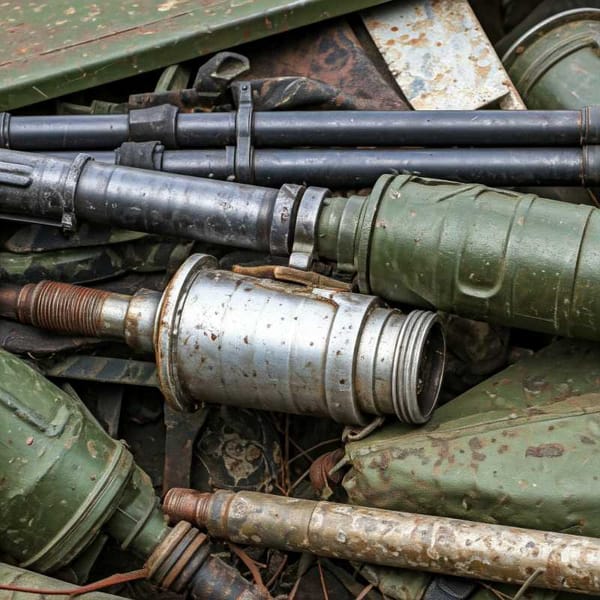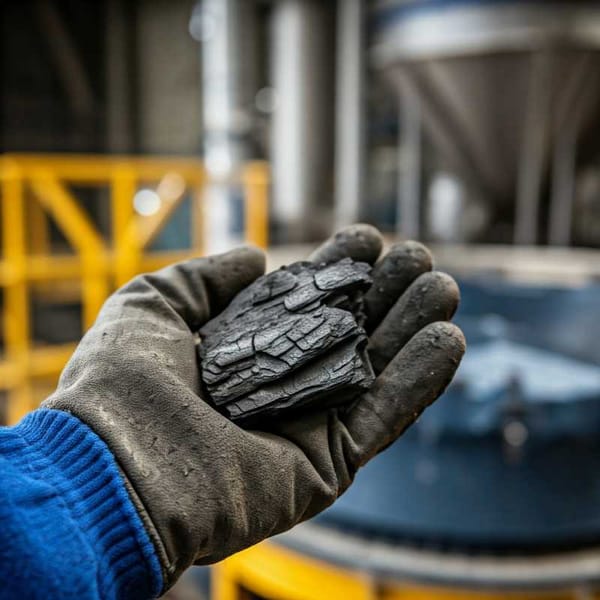Scientists Harness Tequila Waste for Clean Fuel
Researchers convert tequila waste (agave bagasse) into methane and hydrogen biofuels using ruminal fluid to extract sugars. This innovative process offers a sustainable solution for tequila industry waste and potential economic benefits.

From agave bagasse, a waste product of the tequila industry, UNAM researchers obtain methane and hydrogen useful as biofuels.
The process requires a pretreatment of this fibrous residue (rich in lignocellulosic material) to extract the sugars from the cellulose. To achieve this, experts use ruminal fluid, called rumen, which ruminants have in their stomach to modify and digest the grasses they feed on.
The coordinator of the Advanced Water Treatment Processes Research Laboratory (LIPATA) of the Engineering Institute (II), of UNAM, located in the Juriquilla Academic Unit of that entity, Germán Buitrón Méndez and his group of collaborators successfully carry out this development.
The plants, leaves, and bagasse are made up of a material known as lignocellulosic, formed by cellulose and lignin.
Cellulose is a polymer of glucose. These sugars, which can be used to produce methane, must be released from a complex structure, since lignocellulosic material is like a sheet of paper that is very difficult to restore. So, to release them and produce biogas, they use ruminal fluid, he said.
Imitating nature, the researchers turned to one of the most efficient reactors, such as ruminants, which efficiently transform the grass they eat into sugars, lactic acid, lactose, and acetic acid. They achieve this with a consortium of microorganisms that possess and carry out a hydrolysis phase, which is why they survive from grass, he explained.
After obtaining the ruminal fluid at the slaughterhouse, they adapted it to degrade bagasse. In the experimental stage, the temperature and nutrients are taken care of, and good results are achieved to maintain the activity of the microorganisms. By altering the sugars, biogas is generated.
This first stage of the procedure is called hydrolysis of bagasse to obtain sugars and fatty acids. In a second phase, another group of microorganisms called archaea, present in wastewater, produce methane also from fatty acids and sugars. By carrying out the two steps, the technique becomes very efficient, with specific conditions in separate reactors for each one.
Buitrón Méndez mentioned that, “in the end, the bagasse turns into dust, because the structure breaks, although it is very difficult to degrade because it is very resistant.”
The researcher revealed that there are other wastes, such as corn, wheat straw remains, or sugar cane, that are more effective to transform. “They are easier to degrade, the principle is the same, but there is a lot of agave bagasse as waste from tequila factories.”
The objective of the plan, he explained, is to produce value-added products, such as biofuels, extract them, and have a price on the market. The scientist produced about 200 milliliters of methane per gram of volatile solid.
The study is in the laboratory; an economic feasibility analysis would have to be carried out, since the technique has been tested. There are indications that it could be profitable, he concluded.



Tequila industry gets a green makeover - waste becomes biofuel. Credit: UNAM




